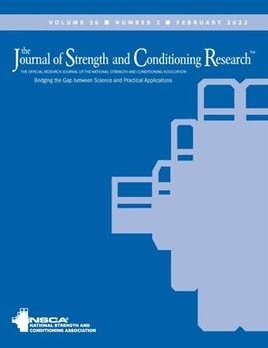Sassi A1, Stefanescu A1, Menaspa’ P1, Bosio A1, Riggio M1, Rampinini E1
1, Human Performance Laboratory, MAPEI Sport Research Center, Castellanza, Varese, Italy

The purpose of this study was to evaluate the metabolic cost of running (Cr) on natural grass (NG) and artificial turf (AT), compared with a hard surface (HS), that is, asphalted track. Eight amateur soccer players (mean ± SD: age 22.9 ± 2.3 years, body mass 69.0 ± 4.7 kg, and height 178 ± 5 cm) completed 9 runs (3 surfaces × 3 speeds, i.e., 2.22, 2.78, 3.33 m·s) of 6 minutes, in a random order on the different surfaces. Characteristics of the running surfaces were assessed at 3 points of each running track by measuring shock absorption and standard vertical deformation, via an ‘artificial athlete’ device according to FIFA protocol. No significant interactions (2-way ANOVA analysis; p = 0.38) were found between running surfaces and running speeds. A significant main effect for surface was found. The average Cr values were 4.02 ± 0.25 J·kg·L·m on HS, 4.22 ± 0.35 J·kg·L·m on NG, and 4.21 ± 0.31 J·kg·L·m on AT. The Cr was also higher at 3.33 m·s compared with the Cr measured at the other 2 running speeds. In conclusion, we found a Cr of ∼ 4.20 J·kg·L·m on both natural and artificial grass football pitches, in accordance with similar percentage shock absorption characteristics of these 2 tested surfaces. Our finding allows a better computation of the Cr on NG and AT, and supports the exclusion of the Cr as a potential factor for the higher physical effort in matches played on artificial turf, as reported by soccer players.
J Strength Cond Res. 2011 Mar;25(3):606-11.
PMID: 20647952 DOI: 10.1519/JSC.0b013e3181c7baf9